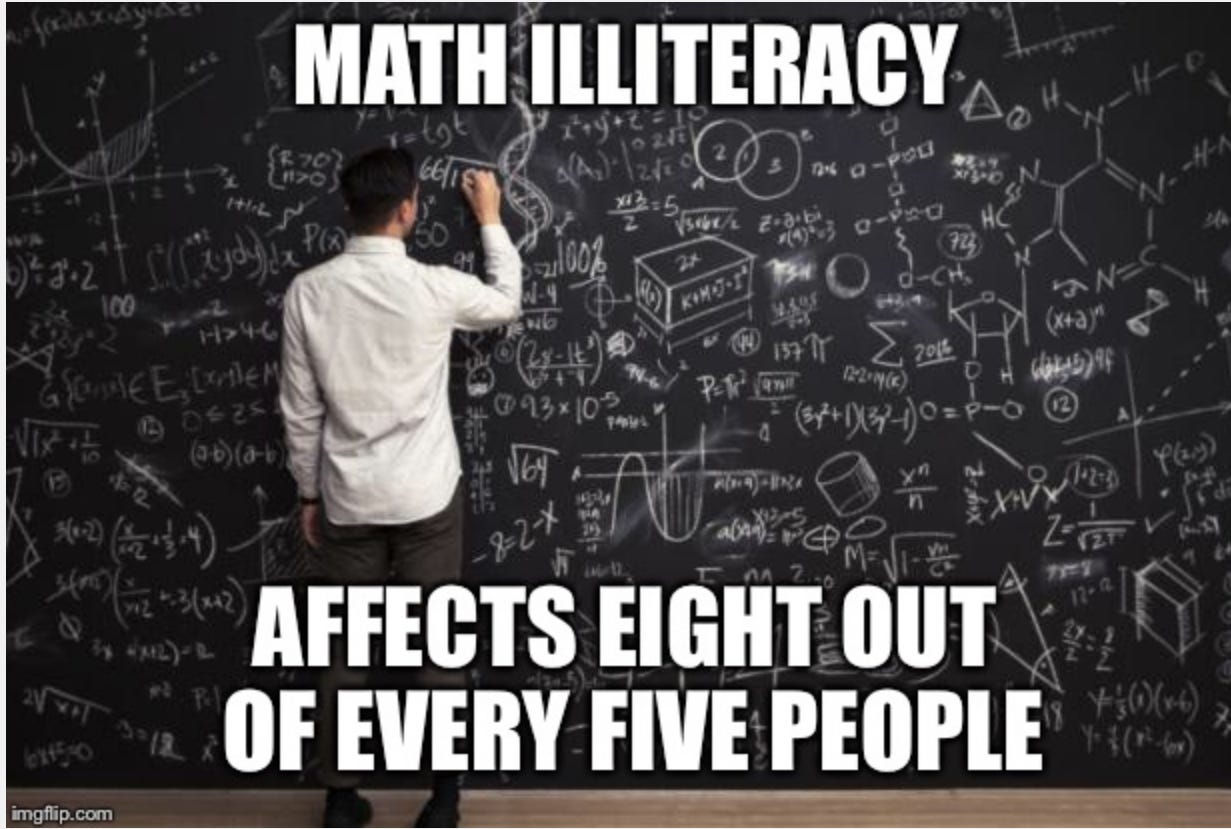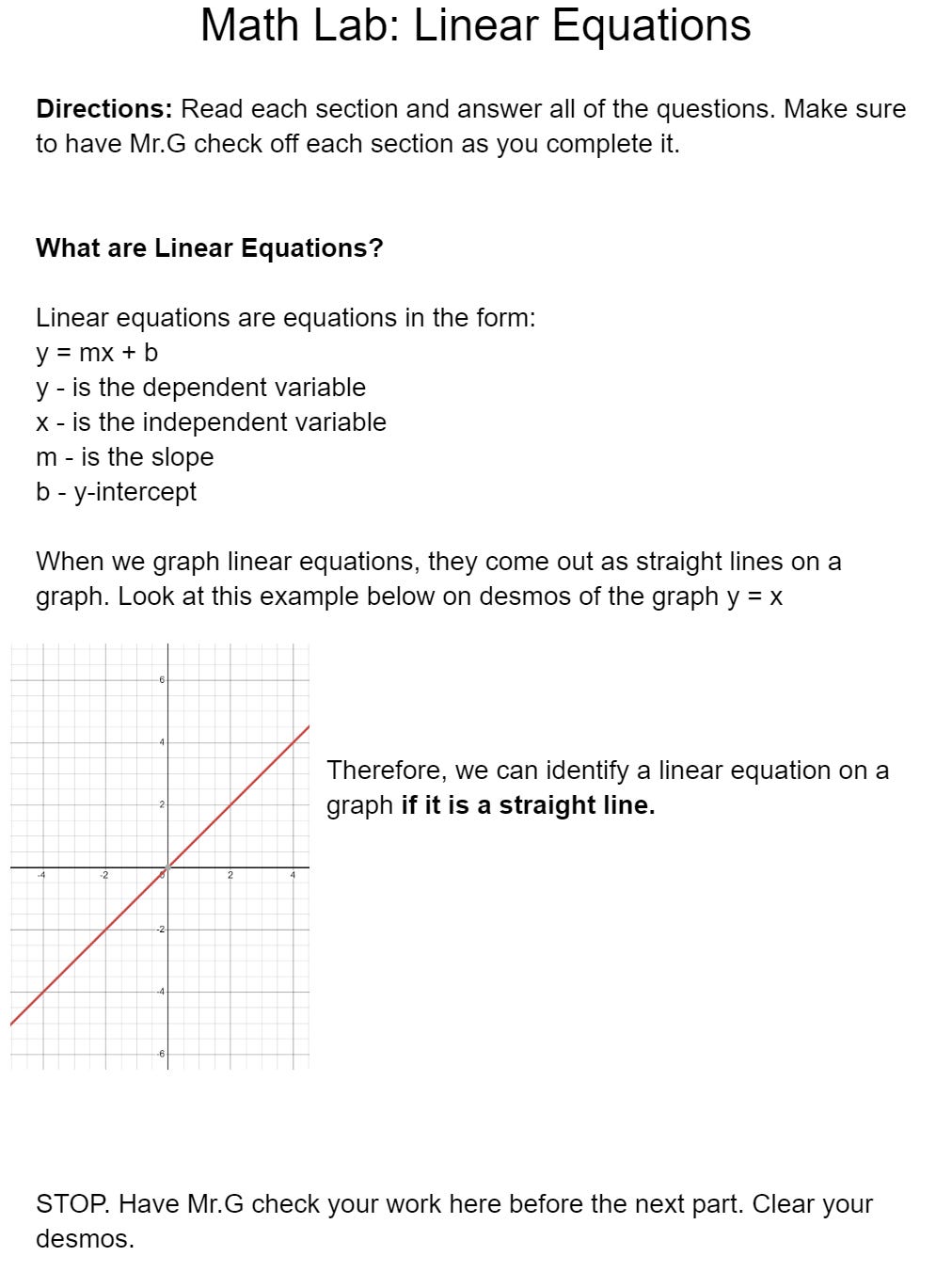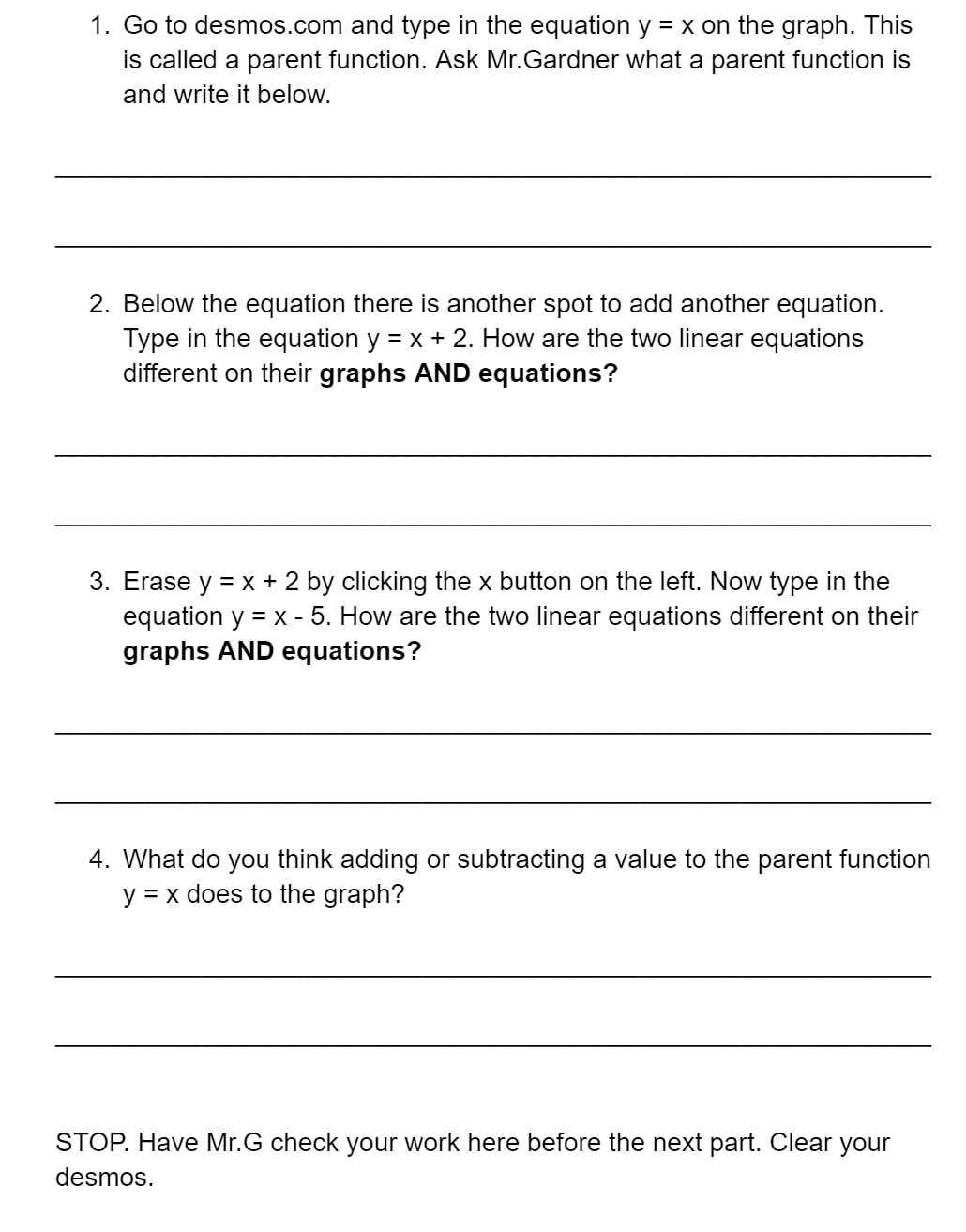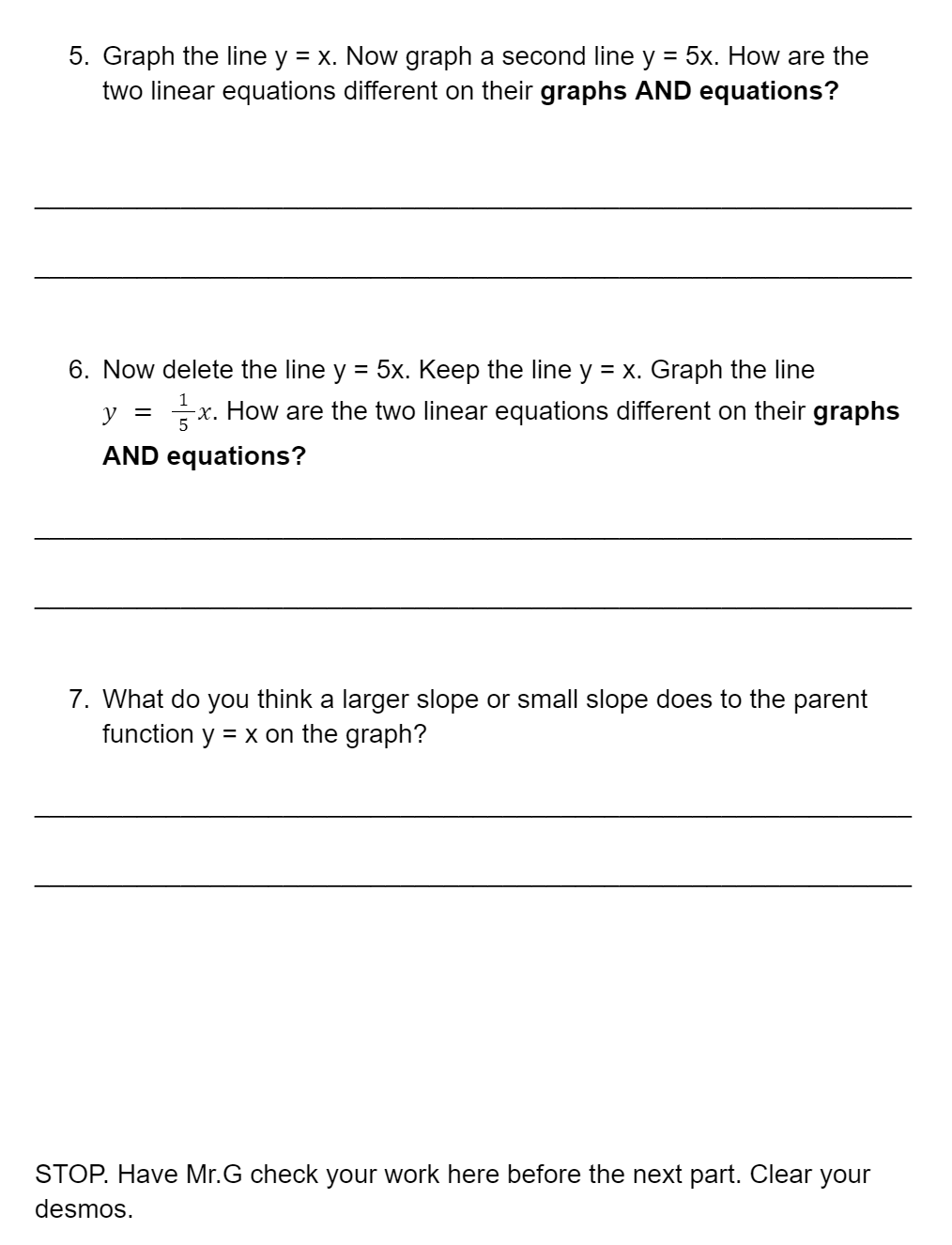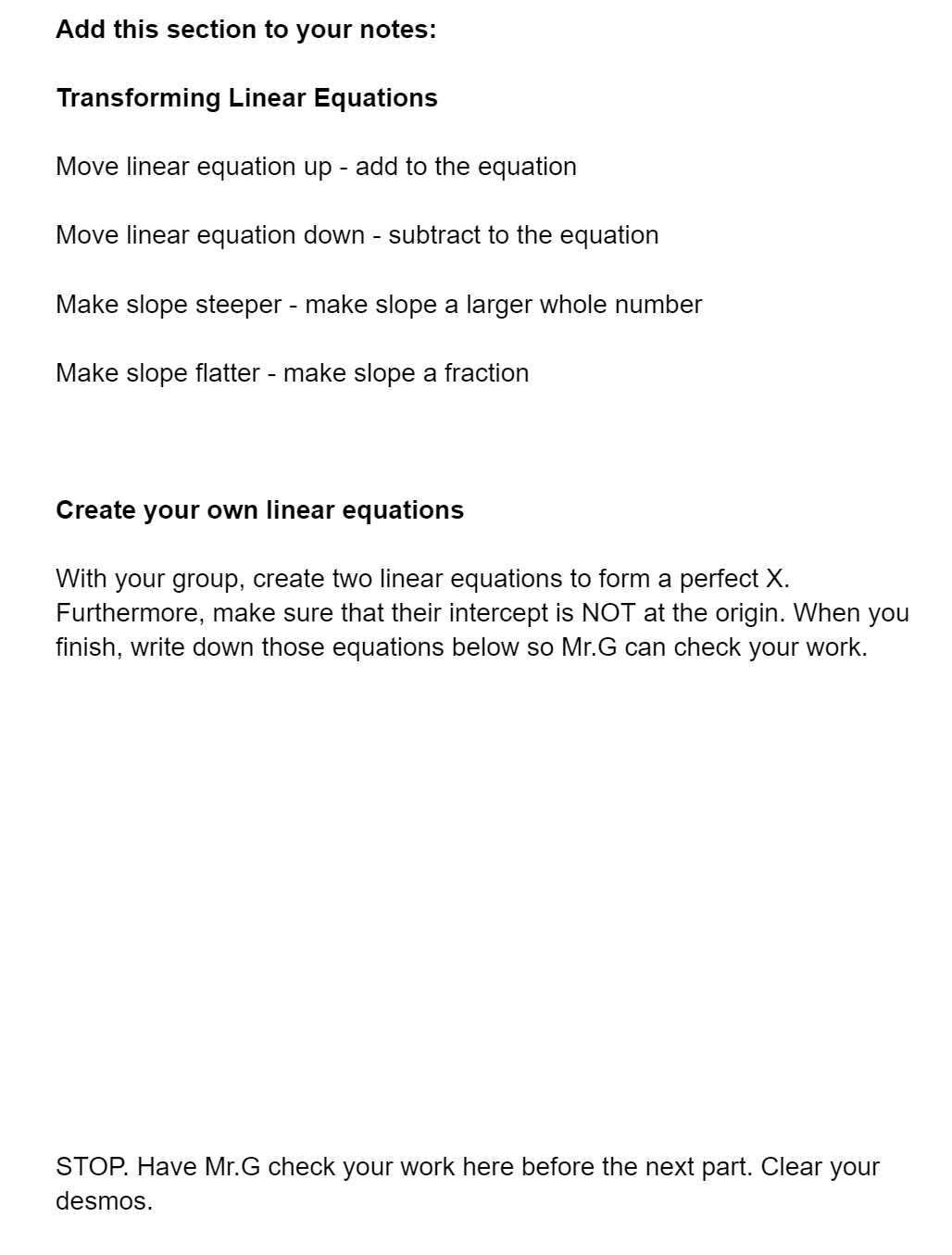Math Labs 101: Supporting Students Conceptual Learning of Math
Math curriculum has changed a lot over the years. A primary focus of math used to be procedural methods of teaching, where students were taught how to perform complex arithmetic. During the 90s there began a large push towards making math education more cognitively complex. To do this, curriculum began beefing up the conceptual components of mathematics learning.
This makes sense. Our society relies less upon calculating complex arithmetic since we have easy access to calculators. The need to generate answers to large multiplication problems by hand is gone. Therefore, it allows math educators to focus more time towards learning important conceptual components of math (notice that I said more time towards conceptual, not eliminating learning basic arithmetic for students).
So how do we introduce more conceptual mathematics? Especially in a time where we need to constantly prepare students for standardized tests and catch them up on content from a lack of in person schooling due to COVID. Today I will share my own method of how I introduce more conceptual content to students, while still providing students the opportunity to practice on grade level content.
Math Labs
At least once a week I plan a Math Lab for students to partake in. A Math Lab is very similar to a science lab; students take their learning from class and apply it to an activity to reinforce their knowledge. Furthermore, it allows students to experiment with the concepts they have learned and try creating their own examples. It reinforces conceptual knowledge as students are able to look at specific cases and compare them with each other.
A great component of Math Labs is that, most of the time, they actually don’t involve doing traditional math. Students are not spending 50 minutes solving variety of algebra problems for a variable (though some do require them to do some math), rather they spend time talking, writing, and comparing different problem types and examples. Therefore, the students in your class whose dislike towards solving problems in math can be put aside. I believe that these Math Labs allow for more access for students who are not fluent in their mathematical foundations and can help them learn more on grade level content.
Example Math Lab
Let us look at an example Math Lab I created for my Algebra class here.
Again, the goal is to have students think about conceptual components. For this activity, I want students to be able to learn about the transformations of a linear equation on a graph by changing the intercept and slope. Furthermore, I want them to experiment with changing the slope sign to positive and negative to see how it effects the linear equation.
Previously in class, they learned how to graph linear equations and slope intercept form. Therefore, when they get to this activity, they are reviewing the content on the first page and then jumping straight into it. Students are not learning new skills or completing a worksheet in Math Labs.
Creating your own Math Labs
Making your own Math Lab is easy and there are already a ton of free resources online from websites like Desmos. I highly recommend you check out those to save time before creating your own. Even if you use pre-created ones or create your own, there are some guiding principals that I use for Math Labs that I will list below.
1. Make sure students have learned about the content first
This one is obvious, but Math Labs are not a time to learn a new skill. Math Lab is a time to apply conceptual knowledge towards a learning outcome. For example, before the Math Lab of linear equations (as shown above) I had spent time with students learning about slope, intercept, graphing linear equations, and tables. Therefore, when they got to the lab they could focus on graphing the equations on Desmos and being able to compare and contrast the equations and graphs. Of course they learned about transformations in the lab, but that is a conceptual component and not a skill (for now at least).
2. Have Open Ended Questions
Math Labs are not work sheets or direct instruction lessons. They are opportunities for students to explain math using words through open ended questions. Some great research has been done on how explaining mathematics through words and writing can greatly improve retention and math knowledge. Try:
Compare and contrast questions
Explain what is happening
Explain why a mathematical event occurred
3. When possible, provide some cross-curricular content
I love abstract math, but it is not everyone’s cup of tea. Whenever possible during these labs, connect the math in the lab towards another content area. Science is an easy one as there are a ton of ways to connect math to physics and astronomy. For example, when teaching students how to solve literal equations (solving for another variable in an equation) I use equations from physics like F = ma or conservation of momentum and explain what they are and give an example. This lets students see application and gives them a bit more boost of interest towards the subject at hand. Try:
Incorporating other science ideas into Math Labs
Real world events happening that use similar math you are learning about
Make your labs a narrative that kids follow and solve math during
Math Labs are something that I stumbled upon during my time in graduate school and I am extremely happy that I did. They are extremely fun days for students and provide a lot of time for students to critically think about math. It also provides a break from direct instruction for students to do a fun activity. Let me know your thoughts about Math Labs, and look for more Curriculum Friday posts! I will be dropping some Math Labs there in the future.


